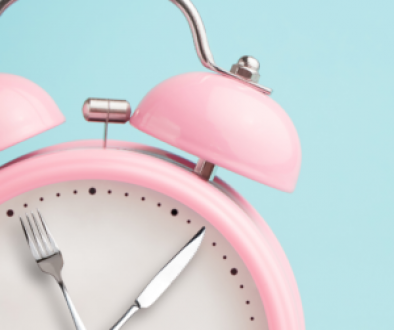Vata Balancing Foods, Exercises, and Daily Routines VIDEO
Ayurveda is the Science of Life. It’s the sister-science to Yoga. Ayurveda is based on the 3 Doshas: Vata, Pitta, and Kapha. We each have all 3 Doshas within us. At the time of our birth, one Dosha will be predominant. Throughout our life we can become dominant in a different Dosha. We say that a Dosha is our constitution or our type. But a Dosha is really a fault. It’s like your weak link. If something is going to go wrong for you, your Dosha is where it’s going to happen. It’s important to know which Dosha is out of balance right now and address that first and then live in accordance with your birth constitution.
Things that can impact your current Dosha: your experiences, your age, the seasons, etc. The seasons align with the Doshas. Late Winter and Spring is Kapha. Summer is Pitta. And Fall and early winter is Vata.
The element of Vata is air and its qualities are dry, cold, and rough. That is the Fall season! Even if you don’t know your Dosha, make changes with the current season to help stay balanced. If your Dosha is Vata, this season will be especially disruptive for you.
Signs of high Vata: craving warm foods or clothing, constipation, gas, bloating, fatigue, feeling burnt out, fear, anxiety, insecurity, insomnia, joint issues, cracking joints, arthritis, low back pain, dry skin, restlessness, disorganized, spacey, forgetful, impatient, procrastination.
Vata-Pacifying
Consistent daily routine or dinacharya:
• Up by 6a
• Drink water with lemon
• Brush teeth and scrape tongue. Don’t forget to check your tongue before your scrape it. A healthy tongue is pink without a thick coating, lines, or cracks.
• Self-massage (If you love it, oil it!) Sesame seed oil is a good warming oil for the fall. Almond oil is a neutral oil that can be used all year.
• Bathe/shower
• Exercise/yoga
• Pranayama
• Meditation
• Breakfast by 8a
• Lunch between 11a-1p
• Light dinner no later than 7p
• Asleep by 10p
Foods:
• Favor sweet, salty, sour, and fermented foods and heavy, moist, warm foods.
• Limit bitter, pungent (spicy), and astringent foods.
• Avoid eating when you feel nervous, anxious, on the run, or while working.
• Sit down, slow down, be present with your foods
• Eat 3-4 meals at the same time everyday (8a, 11a-1p, 4p, and 7p)
For the full list of Vata balancing foods, email me and request the list!
Yoga:
Slow and steady. Work to the point of a mild sweat. Favor a slow flow over a vigorous vinyasa. Include hip openers, spinal movements, seated poses, and avoid over stretching. Choose gentle, grounding back bends like sphinx, locus, and cobra. Build strength and stability with standing poses. Skip balance poses and “jump backs.” Ground yourself with restorative poses, like legs up the wall, child’s pose, seated forward fold, reclining twists and a long 20-min savasana or Nidra.
Pranayama:
Longer exhalations with a slight pause at the bottom. Ujjayi pranayama. Grounding breath. Right nostril breathing in the morning. Left nostril breathing at night.
Meditation:
Body scan. Root chakra balancing. Visualize nature or a mountain. Avoid “mind-emptying” meditations. Visualize warm colors like gold or orange. Affirmations for peace or fearlessness. Listen to nature sounds.
Exercise:
Gentle exercise, like swimming, Tai Chi, Yoga, and walking.
What else:
Laughing and smiling more, listing to calming music, steam room, lavender essential oil.
Remember Vata needs consistency. Vata is aggravated by overwork, excessive travel, cold, wind, and stress.
Positive Qualities of Balanced Vata:
Artistic, creative, spiritual, adaptable, intuitive, perceptive, imaginative, charismatic, enthusiastic, spontaneous, sensitive to other’s energies.
As an Amazon Associate I earn from qualifying purchases.



